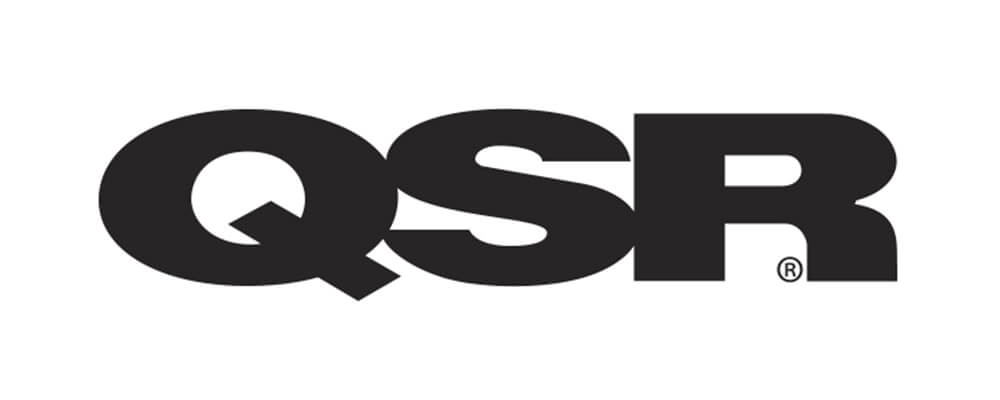Medical alert systems provide an essential service to U.S. adults nationwide. Most commonly used by aging adults, the global Medical Alert Systems industry generated $6.47 billion in 2020 and is anticipated to generate $20.95 billion by 2030, according to a recent report by Allied Market Research.
In September 2022, U.S. News & World Report surveyed 1,000 U.S. adults to learn more about their feelings of safety associated with medical alert systems. Of the sample size surveyed, 40% of respondents are adults who either own a medical alert system for seniors and wear it or have it installed at home, and 60% have a parent who has a medical alert system for seniors, and their parent wears it or has it installed at home. We researched the perceived feelings of safety medical alert systems provide users and their children, seniors’ feelings of connectedness to their neighbors, how they prefer to interact with loved ones, and more.
Medical alert systems, also known as a personal emergency response system, serve two primary functions. The first is to provide users with assistance in emergency situations. The second is to provide users, their family and friends, and caregivers with the reassurance that help is available if and when it may be needed. In fact, the overwhelming majority of survey respondents (93%) say they feel safer using their medical alert system.
Methodology
Our 360 Reviews team used the third-party survey platform Pollfish to conduct a national survey of 1,000 U.S. adults who either own a medical alert system for seniors, and wear it or have it installed at home (40% of respondents) or have a parent who has a medical alert system for seniors, and their parent wears it or has it installed at home (60% of respondents).
Read the full article here!

Share This Article




